WHAT TO EXPECT WHEN YOU’RE SUING, PART I: PRE-SUIT SETTLEMENT
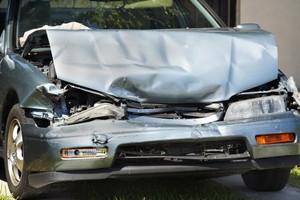 So you’ve been injured in a Maryland automobile collision, and you want to get a settlement or verdict. What can you expect from the process? How long does it take? When will you get your money?
So you’ve been injured in a Maryland automobile collision, and you want to get a settlement or verdict. What can you expect from the process? How long does it take? When will you get your money?
There are two possible phases–the steps leading up to a pre-lawsuit settlement, and the steps following that leading to a trial verdict or post-lawsuit settlement. We’ll talk about pre-lawsuit settlements here.
In general, after an accident and once you hire a lawyer, the lawyer will perform whatever investigation is necessary (ordering police report, talking to witnesses, locating photographs or accident video). He will work on notifying the negligent people/corporations or their insurance companies that they are on the case. At that point, they should not be talking to you, but should communicate directly with your lawyer. Your lawyer will also begin ordering your medical records or bills, so he can see what treatment you’ve had in the past, and possibly monitor current medical treatment. Finally, he will apply for PIP (personal injury protection) or MedPay (medical payments coverage).
 Maryland Car Accident Lawyer Blog
Maryland Car Accident Lawyer Blog


 We posted recently about the new law requiring moped and scooter riders to wear helmets, procure insurance and have their vehicles titled (
We posted recently about the new law requiring moped and scooter riders to wear helmets, procure insurance and have their vehicles titled (
 The Washington Post published an article last week,
The Washington Post published an article last week, 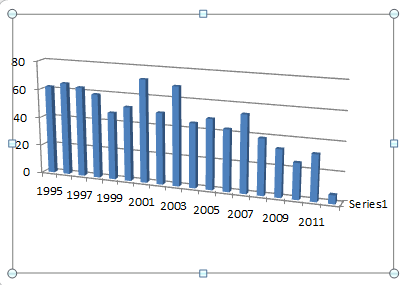 The nearly mid-year District of Columbia traffic death statistics are out (up through May 11), and D.C. is doing very well. Credit is of course going to D.C.’s safety initiatives: education, better signs, safety officers, speed cameras (Mayor Vince Gray would like one on every corner), etc…. The accident death toll is now six, compared to 14 deaths this time last year. In 2009, there were a total of
The nearly mid-year District of Columbia traffic death statistics are out (up through May 11), and D.C. is doing very well. Credit is of course going to D.C.’s safety initiatives: education, better signs, safety officers, speed cameras (Mayor Vince Gray would like one on every corner), etc…. The accident death toll is now six, compared to 14 deaths this time last year. In 2009, there were a total of 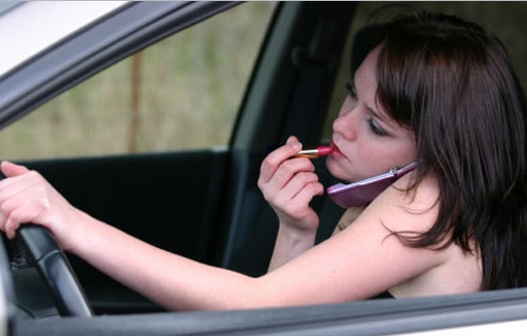 AT&T conducted a
AT&T conducted a  We’ve all heard about
We’ve all heard about 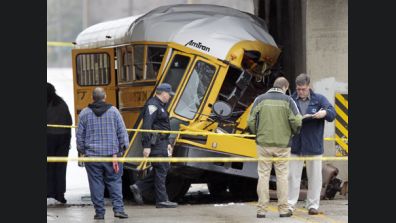 The IndyStar reports in
The IndyStar reports in 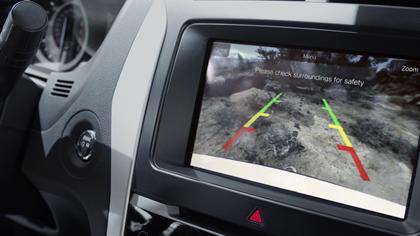 We posted on March 6 about
We posted on March 6 about